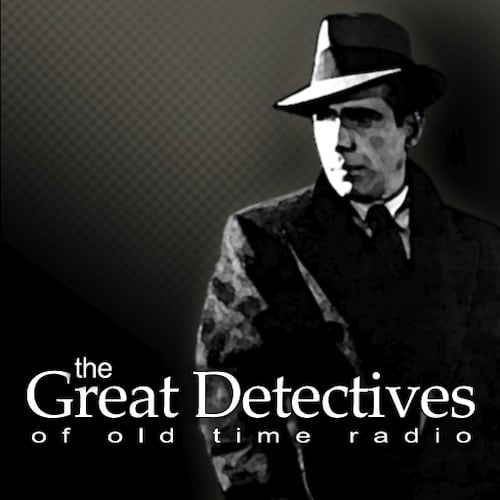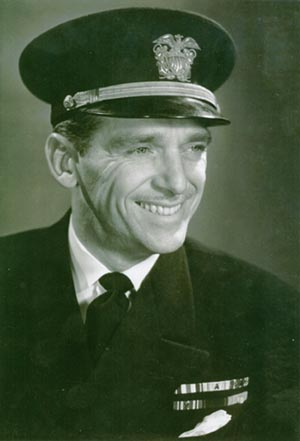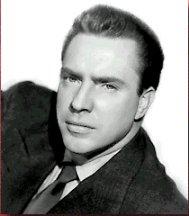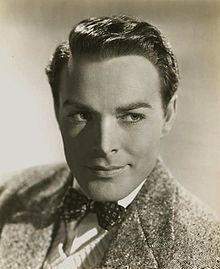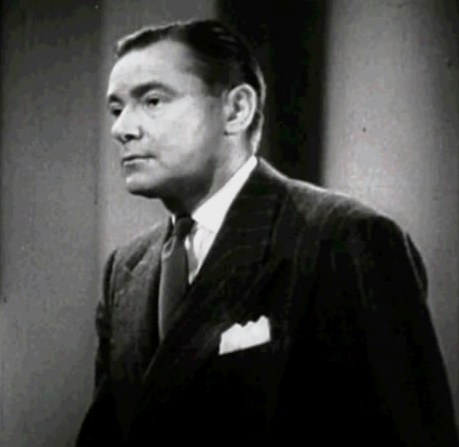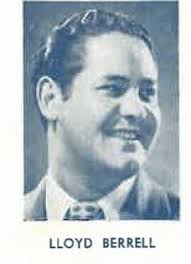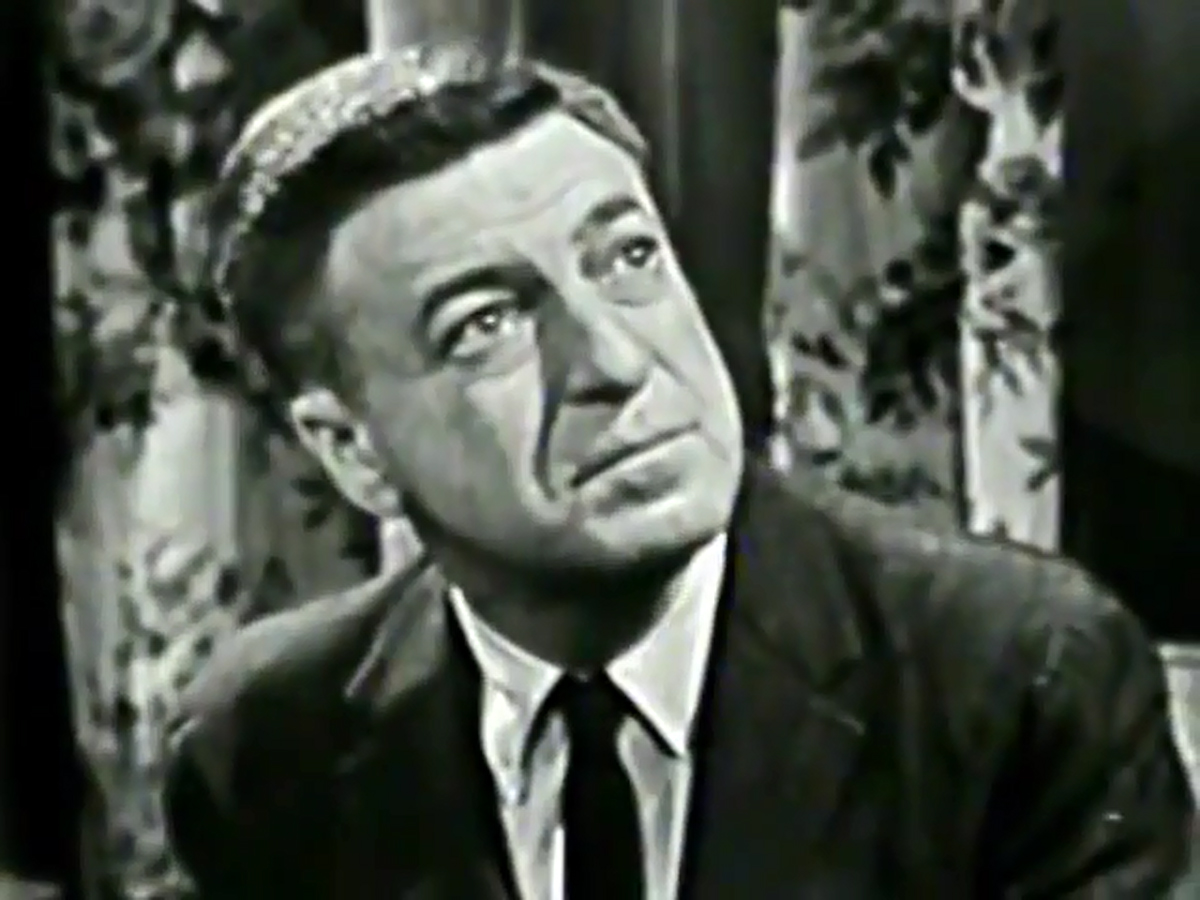Podcast: Play in new window | Download
Subscribe: Apple Podcasts | Email | RSS
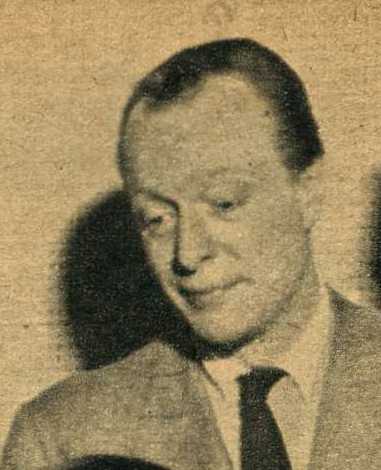
A woman finds opens a box and finds her husband’s dead body inside.
Original Air Date: April 17, 1947
Support the show monthly at patreon.greatdetectives.net
Support the show on a one-time basis at http://support.greatdetectives.net.
Mail a donation to: Adam Graham, PO Box 15913, Boise, Idaho 83715
Take the listener survey…http://survey.greatdetectives.net
Give us a call 208-991-4783
Become one of ourfriends on Facebook.
Follow us on Twitter@radiodetectives
